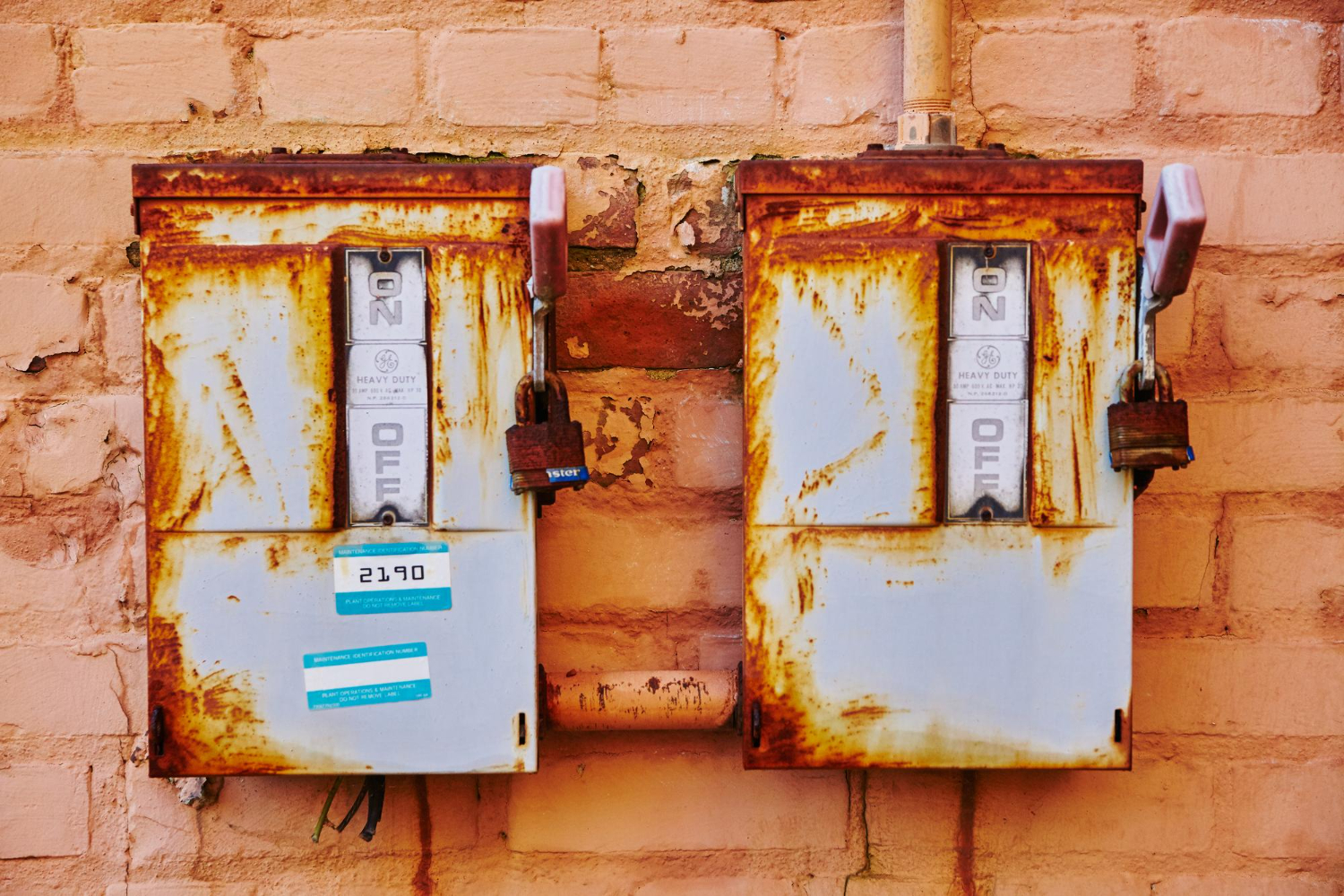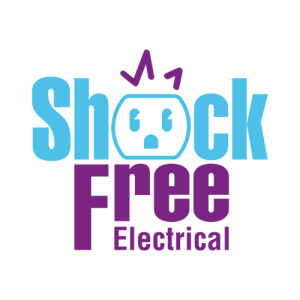Your home’s electrical panel sits quietly behind a door or in a utility room, but it’s a big part of keeping things running smoothly. It sends power to your kitchen, lights, heating system, and pretty much everything else. Over time though, wear and tear can build up and sometimes, you’ll find more serious signs like rust or corrosion. These problems might look minor at first but can turn into serious electrical issues if ignored.
In a damp or coastal place like St. John’s, the chances of corrosion can be higher thanks to the extra moisture in the air. Rust on your electrical panel isn’t just about looks. It can cause your breakers to trip more often, damage your wiring, or make the panel unsafe to touch. Knowing what to look for can help you act fast and avoid bigger issues down the road.
Signs Of Rust Or Corrosion In Your Electrical Panel
Rust and corrosion don’t always show up with flashing lights or loud sounds. Often, the early signs are small but important. The key is catching them before they get worse.
Here’s what to keep an eye out for:
– Rust or discolouration on the panel door or breakers: If you open your electrical panel and see reddish spots, flaking metal, or rusty streaks, you’re likely dealing with rust. Corrosion might not look as obvious. Sometimes it shows up as a greenish or white powdery build-up around electrical contacts or screws.
– Musty or burnt smells: A metallic odour, or something that smells damp and musty, could mean moisture is getting into the panel box. If it smells like burning plastic or wiring, that’s an even stronger reason to get it checked right away.
– Odd behaviour from your home’s electrical system: Lights flickering without warning, appliances cutting in and out, or breakers tripping often can all point to internal corrosion. Moisture, rust, or worn connections might be interrupting your power supply.
– Hot spots or warm panel: A properly working panel should feel cool or only slightly warm. If you touch the side and feel a lot of heat, it could mean connections inside are strained or rusted, possibly even burning out.
One example that comes to mind is a homeowner in St. John’s who noticed their lights were flickering just during damp mornings. After checking the panel, they found rust had formed inside the panel box thanks to a small leak nearby. A small drip had slowly damaged the breakers over time without anyone noticing.
If anything above sounds familiar, it’s time to stop and take action. These signs shouldn’t be ignored. They can be early warnings that your system is struggling due to moisture, damage, or age.
Risks Associated With A Corroded Electrical Panel
When rust or corrosion takes hold in your panel, it’s not just a surface problem. It can lead to some real dangers inside your home.
Corroded parts can cause circuits to overheat. When connections break down or contacts don’t line up right anymore, heat builds up fast. Too much heat around electricity is a fire risk. And since a lot of panels are in areas like basements or closets, a fire could go unnoticed until it’s already spread.
Another common issue is complete power failure. As parts inside the panel continue to wear out or break apart, your home might suddenly lose power to a whole room or floor. This isn’t just inconvenient. It can damage electronics, appliances, and even heating systems, especially during the late fall months in Newfoundland when you rely more on indoor comfort.
Let’s not forget safety concerns. A damaged panel can give off an electric shock, especially if moisture has made its way to exposed wiring or screw terminals. The longer corrosion sits, the more it eats into the metal, which can create unsafe paths for electricity to travel.
When problems in a panel go unseen for too long, they often turn into expensive and stressful emergencies. It’s always better to catch and fix them early before they damage your home or put anyone at risk.
Preventative Measures And Long-Term Solutions
Dealing with rust or corrosion in an electrical panel isn’t just about fixing what’s already damaged. It’s about making sure it doesn’t happen again. The good news is that a few smart steps can help limit the chance of it returning as long as they’re done right.
Start with regular inspections. Even if everything looks fine on the outside, having a licensed electrician look inside the panel once a year can help catch early signs of trouble. They’ll spot corrosion, check for loose wiring, and flag possible moisture issues before they cause real damage.
Next, take a look at where your panel is located. If it’s in a basement or near a bathroom, there’s a higher chance of damp air hanging around. In St. John’s, coastal humidity and wet weather don’t make things any easier. That’s why proper airflow around the panel is important. Make sure nothing’s blocking vents, and keep the space dry. A small fan or portable dehumidifier in the area can help reduce excess moisture, especially during fall and early winter.
Sometimes, the smartest move is to upgrade the panel entirely. If your electrical panel is already more than a few decades old or isn’t keeping up with the power needs of your home, corrosion might just be one of several issues down the line. Upgrades not only improve the safety of your system but can also support more modern appliances, home office setups, or electric vehicle chargers if you’re planning ahead.
When To Call A Professional
Knowing when to bring in an expert isn’t always easy. Some signs, like a panel that feels hot or lights that flicker every now and then, can seem like small annoyances. But when you add up flickering, breaker trips, and a bit of visible rust, you’re likely dealing with a system that needs help.
Here’s when it makes sense to call a licensed electrician:
– You spot rust, corrosion, or staining inside or outside the electrical panel
– Breakers trip more often, and resetting them doesn’t seem to fix the pattern
– The panel makes buzzing or crackling sounds
– You notice burnt smells or signs of heat damage
– There’s water nearby or signs of past leaks in the ceiling or wall near the panel
Whether the panel just needs a few parts replaced or it’s ready to be entirely upgraded depends on what the professional finds during their inspection. Some newer panels can safely be repaired with the right know-how, but for older or heavily rusted units, upgrades are usually safer in the long term.
Aside from just fixing the issue, having a professional handle the job gives you peace of mind. You’ll know the workmanship is safe, up to code, and fully tested. That way, you’re not guessing whether your home’s electrical system is ready for another winter.
Keep Your Home Safe and Sound
If you’ve noticed signs of rust, odd panel smells, or inconsistent power lately, now’s the time to act. Electrical issues don’t fix themselves, and corrosion has a way of sneaking up on homeowners, especially in damp coastal areas like St. John’s. Small mix-ups like flickering lights or warm outlets can be signs of bigger internal trouble.
Staying on top of wear and tear makes a difference. Catching corrosion early can save you from dealing with power outages or even bigger repairs. Addressing problems before they get worse means fewer headaches and a safer space for your family. Whether it’s an inspection or an electrical panel upgrade in St. Johns, getting ahead of the problem helps your home’s system last longer and work the way it should.
To stay ahead of corrosion and keep your electrical system safe, consider booking an electrical panel upgrade in St. Johns. Upgrading your panel can help you avoid future surprises and make sure your home stays powered safely through the seasons. Reach out to ShockFree Electrical for trusted service and expert advice to handle all your electrical needs.






